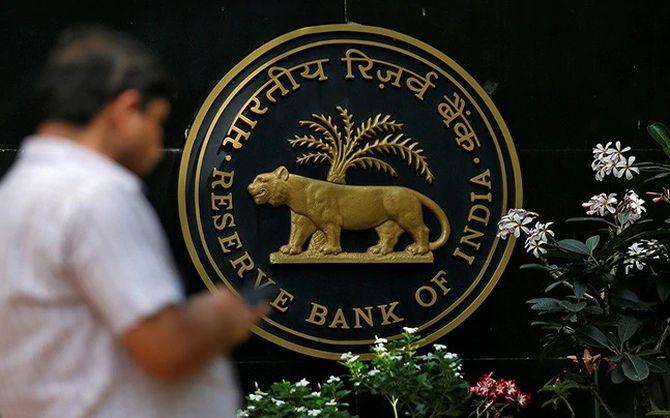RBI may not tinker with rates in FY22
The Reserve Bank of India (RBI) will stay away from changing key rates — including the reverse repo rate — this fiscal in the backdrop of Omicron.
However, it will continue to shape the rate movements through liquidity market operations.
Soumya Kanti Ghosh, group chief economic advisor, State Bank of India, said whether Omicron surge or not, there is not going to be any hike this year.
However, the central bank may continue to shape rates through market operations.
RBI’s liquidity normalisation/adjustment will continue while rate hike expectations could moderate (reverse repo rate hike in February now uncertain) as Omicron risk looms, said Abheek Barua, chief economist, HDFC Bank.
Soumyajit Niyogi, associate director, India Ratings, said the central bank will be very cautious and there is no scope of reverse repo hike in February policy review.
The tacit normalisation — nudging rates through liquidity management operations — is working well without touching the reverse repo rate.
Already, overnight rates have been pushed close to the repo rate (ruling at 4 per cent now). This is giving the desired results.
The RBI is likely to continue managing the yield curve, especially at the long end, putting a ceiling of 6.5 per cent for the 10-year paper over the coming weeks.
It signalled its discomfort with rising yields in the last two weekly auctions (rejecting bids and devolvement).
To recall, the 10-year yield rose by 14-basis points since the beginning of December to 6.46 per cent.
The yield on 10-year paper (6.10 G-Sec 2031) eased to close at 6.5 per cent compared to 6.51 per cent on Tuesday.
It had touched a peak of 6.54 per cent in intra-day trading on Wednesday.
The market expectation is building up for the new 10-year benchmark paper.
The RBI could also signal stance or comfort on long paper through open market operations (OMO), bond dealers said.
Barua said 10-year bond yield is expected to trade between 6.4 and 6.5 per cent in the run-up to the Budget.
Rising Omicron risk, elevated crude oil prices and global yields (US 10-year at 1.5 per cent), continued foreign outflows as Fed tapers, and higher inflation prints are likely to maintain pressure on yields.
Photograph: PTI Photo
For all the latest business News Click Here

